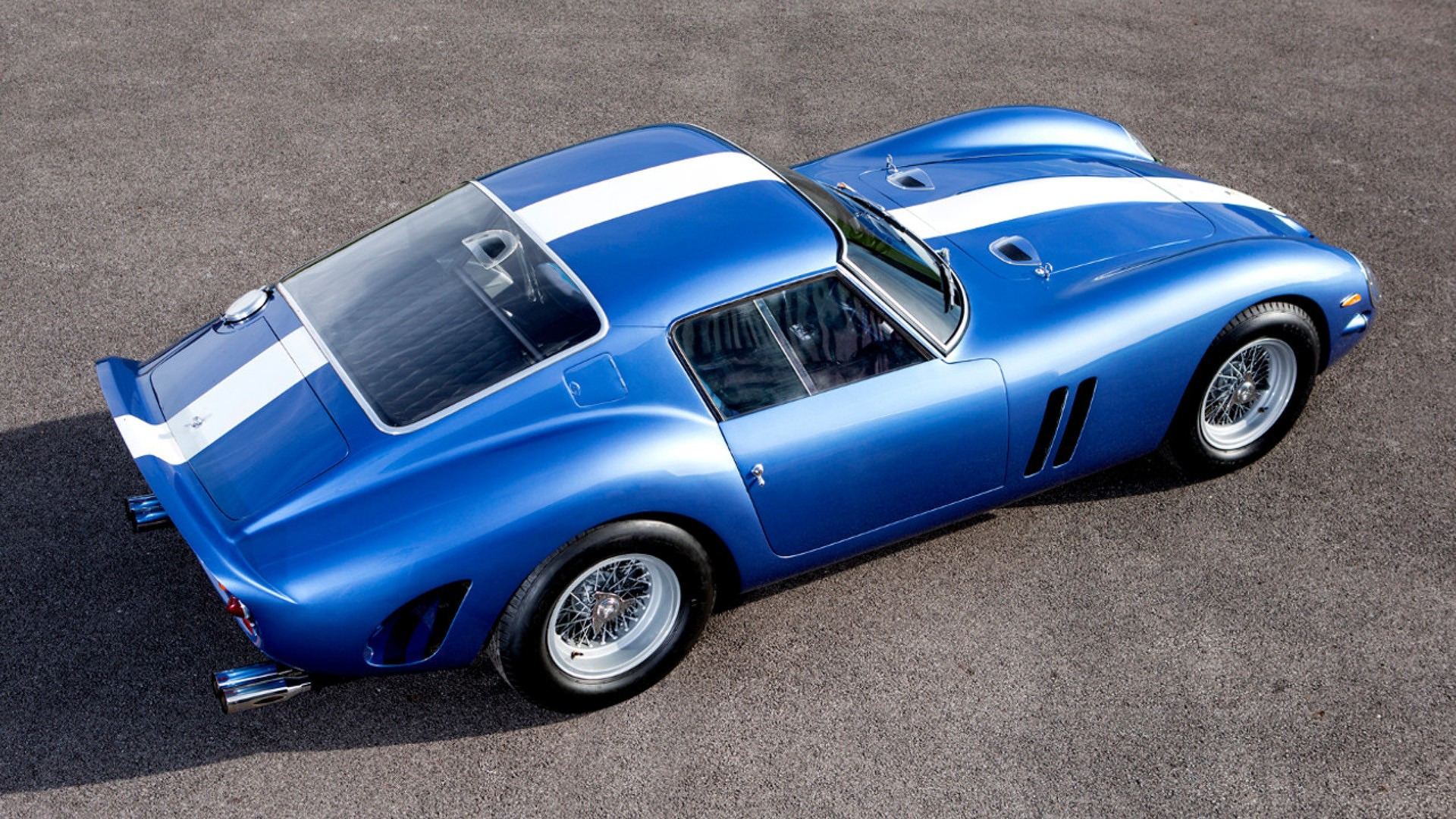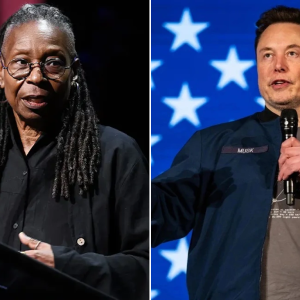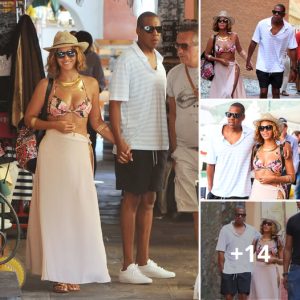Investing $44 Million in the Pinnacle of Luxury: Messi’s Acquisition of the Legendary Ferrari 250 GTO Marred by Counterfeit Components
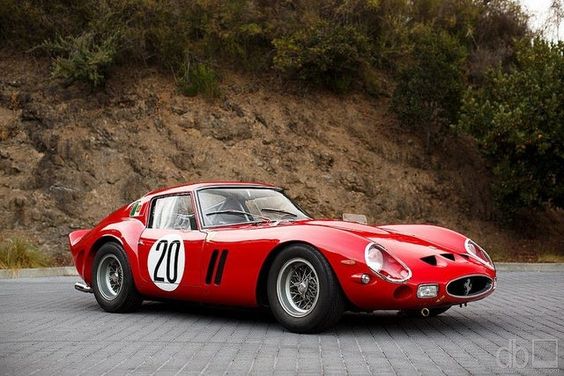
In a recent turn of events that sent shockwaves through the automotive and sports communities alike, Lionel Messi, the renowned football icon, made headlines for his extravagant purchase of the world’s most expensive antique car—the legendary Ferrari 250 GTO. Valued at a staggering $44 million, this acquisition was poised to cement Messi’s status not only as a football legend but also as a connoisseur of luxury automobiles. However, what was supposed to be a celebration of opulence turned into a saga of disappointment, as it was discovered that the prized possession came laden with counterfeit components, casting a shadow over the illustrious deal.

The Ferrari 250 GTO, an epitome of timeless beauty and engineering excellence, has long captured the imagination of automobile enthusiasts across the globe. With only 36 ever produced between 1962 and 1964, it has become a symbol of exclusivity and sophistication. Its sleek contours, powerful V12 engine, and racing heritage have elevated it to the status of an automotive masterpiece. Owning a Ferrari 250 GTO is akin to possessing a piece of history and art, making it a coveted possession for collectors who appreciate the fusion of performance and aesthetics.
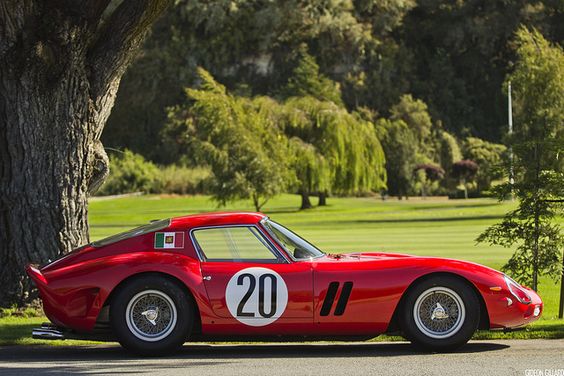
Known for his impeccable skills on the football field, Messi’s fascination with luxury extends beyond the realm of sports. His acquisition of the Ferrari 250 GTO was not merely a purchase; it was a statement—an affirmation of his position among the world’s elite. The $44 million price tag did not deter Messi, who saw the investment as a testament to his success and a means of preserving automotive heritage.
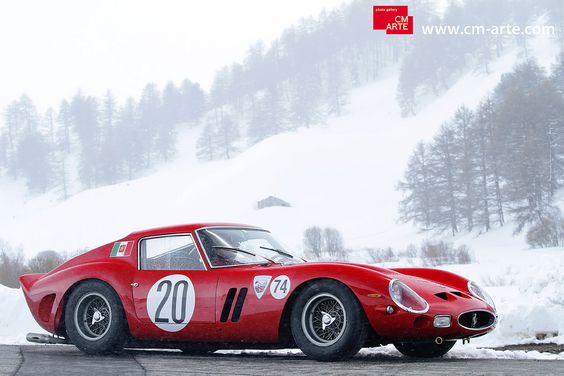
However, the euphoria surrounding Messi’s acquisition was short-lived. An extensive examination by experts revealed a shocking truth—several key components of the Ferrari 250 GTO were counterfeit. From imitation engine parts to replicated interior elements, the car that Messi had spent a fortune on was far from being the authentic masterpiece he had envisioned. This revelation not only raised questions about the source of the car but also ignited debates about the efficacy of the luxury car market’s authentication processes.
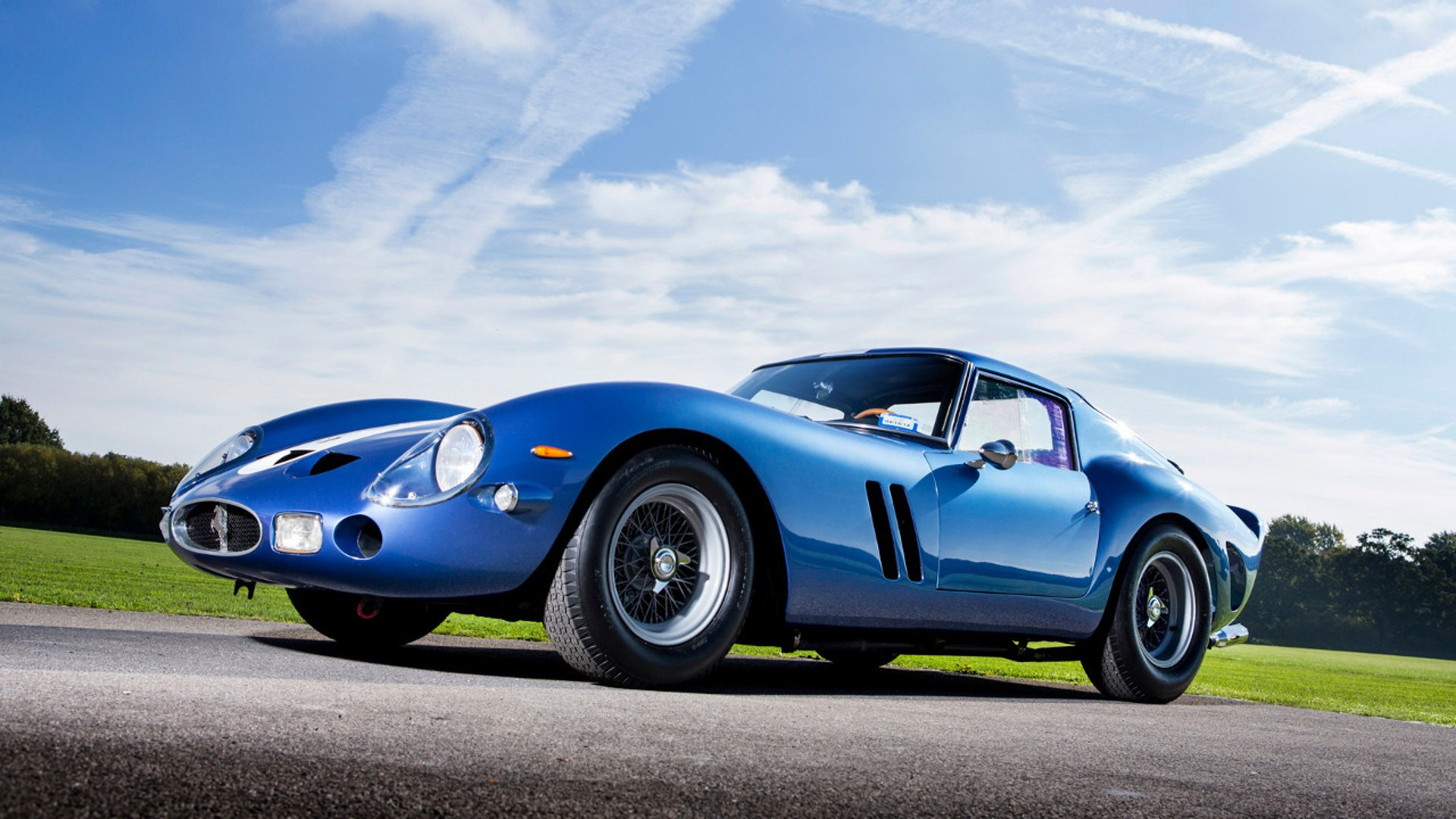
The ramifications of Messi’s predicament extend beyond the realms of his personal garage. This incident has ignited discussions on the prevalence of counterfeit parts in the classic car industry, a concern that affects not only collectors but also investors, museums, and auction houses. The episode underscores the importance of robust authentication protocols to ensure the integrity of historical artifacts, be they automobiles, art, or antiques.
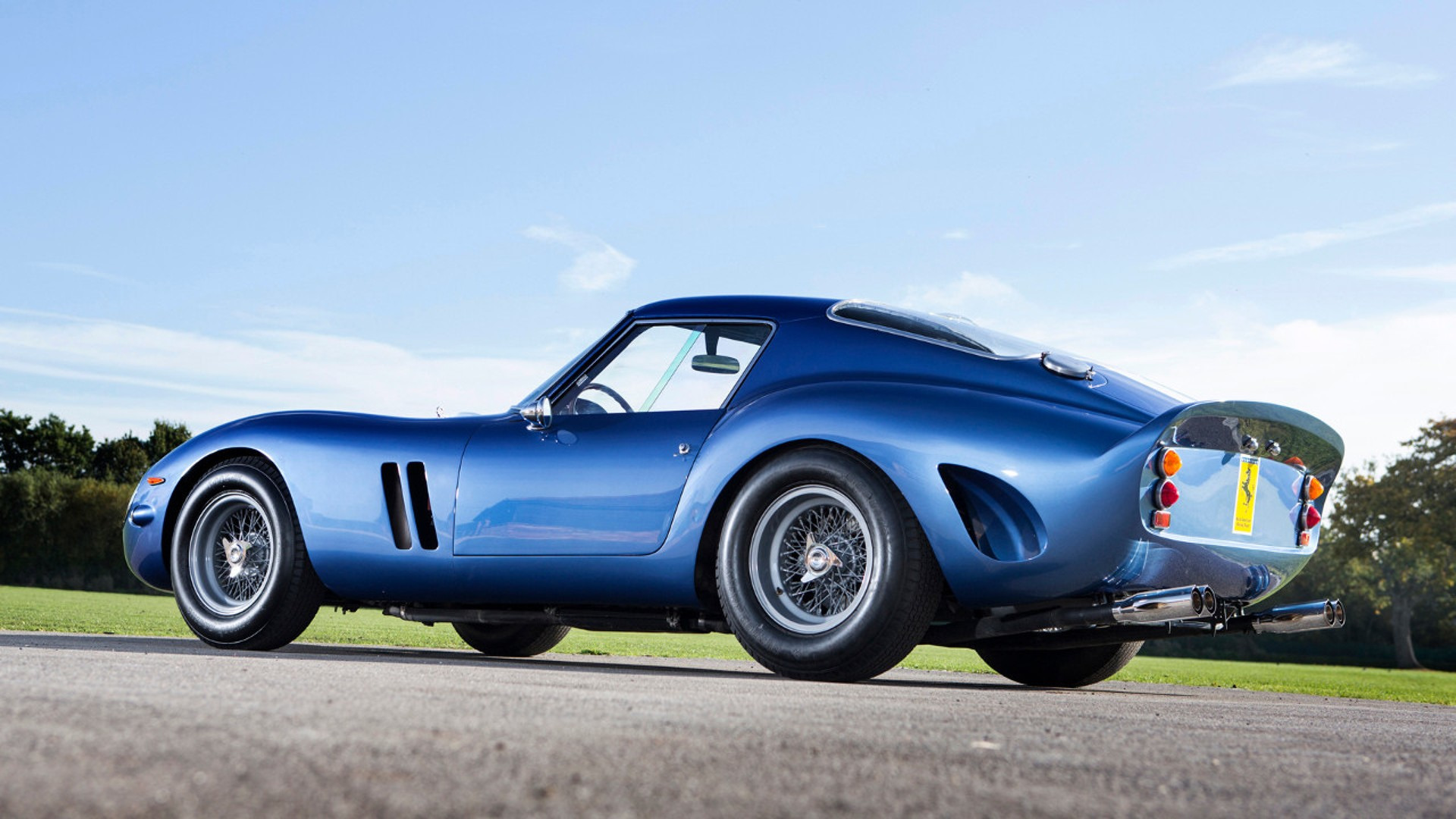
Messi’s unfortunate encounter with counterfeit components serves as a cautionary tale for anyone venturing into the world of high-end acquisitions. The incident highlights the need for prospective buyers to exercise due diligence and collaborate with reputable experts when assessing the authenticity of rare and valuable items. As the market for luxury goods continues to expand, the risk of encountering counterfeit items becomes increasingly potent, making education and awareness crucial tools for both buyers and sellers.
